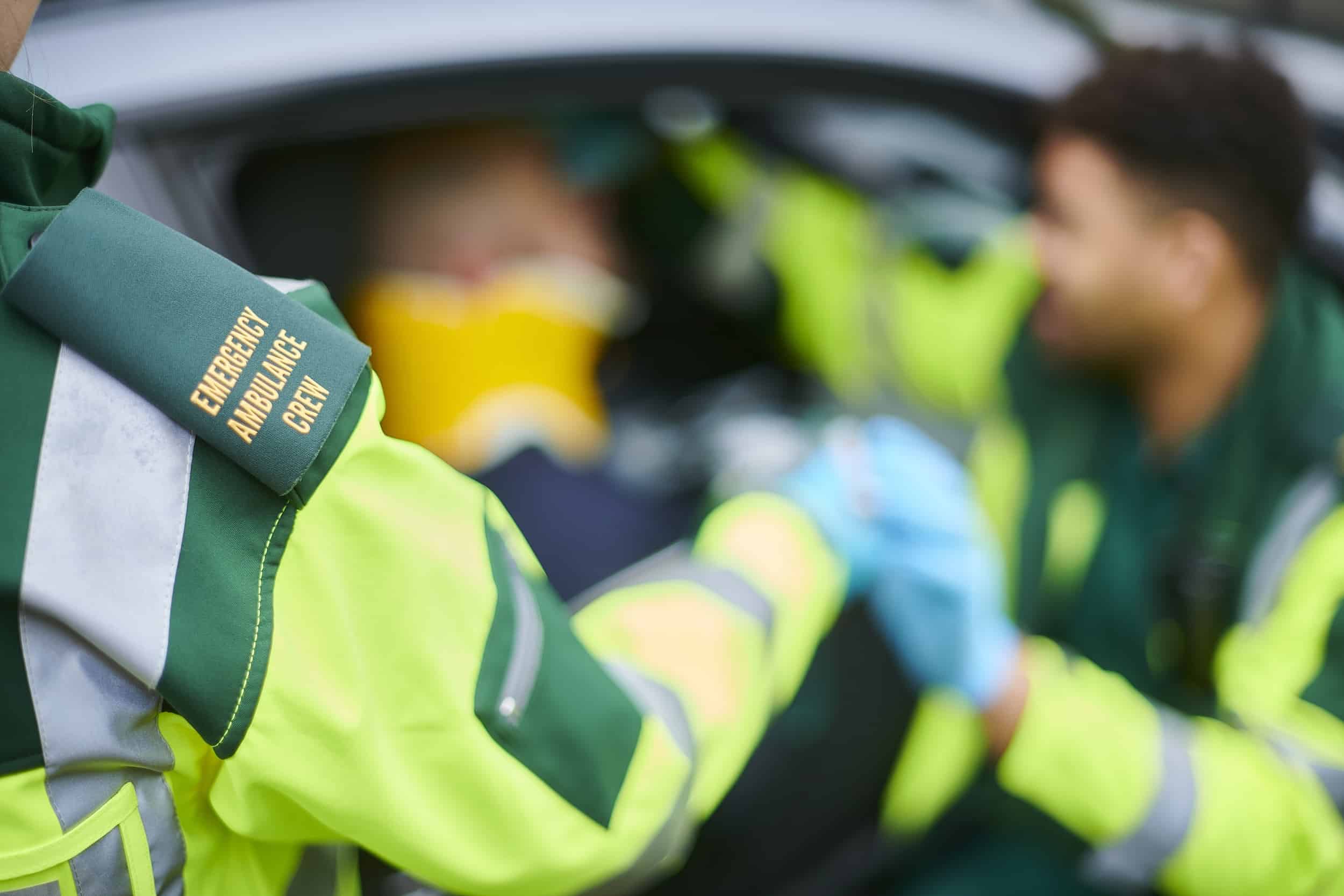Preparing for complexity: EV fleet transitions in the healthcare sector
By Mike Brown, VP of Product, VEV
To quote the NHS Net Zero Transport Strategy, the NHS vehicle fleet alone consists of ‘‘over 20,000 vehicles that directly contribute to the 36,000 deaths from air pollution each year.’’
Decarbonisation is therefore a top priority for the NHS, and initiatives to decarbonise are well underway. As part of the NHS Long Term Plan, a commitment has been made to reduce emissions from transport fleets by 20% by 2024.
Longer-term, the NHS aims to have a fully decarbonised fleet by 2035, with its ambulances following in 2040.
With electric vehicle (EV) technology continuously improving, now is the time for the healthcare sector to start preparing its sites to accommodate EV charging infrastructure and its corresponding power needs.
Ahead of VEV’s participation in London’s Optimal Charging event at The Museum of London in the City of London, on 27th March this year, I wanted to draw attention to some of the complexities around EV transitions in the healthcare sector and outline some of the steps that can be taken to overcome them.
Given the critical nature of the sector, ensuring power stability and operational resilience are two key factors that need to be considered from the outset across several key areas.
Keeping emergency vehicles operational
Most importantly, emergency vehicle fleets need to remain operational 100% of the time. This requires a robust power and charging strategy that addresses the need for fast, accessible charging stations for when ambulances are on call.
Today’s ultra-fast EV chargers typically are able to provide up to 350 kWh, enabling some vehicles to reach 80% charge in as little as 20 minutes assuming the vehicle is capable of accepting these power levels.
Given that ambulance fleets have irregular operating schedules and routes (and therefore variable charging windows), healthcare providers need to ensure that vehicles have access to ultra-fast chargers whenever they’re needed.
For example, the South East Coast Ambulance Service NHS Foundation Trust is currently trialling three electric single responder vehicles, supported by heavy-duty chargers across three sites.
From a cost management point of view, healthcare providers can also explore partnership opportunities with other organisations that require fast charging ‘on the go’. For example, HGV companies, bus operators, and local authority fleets, will all require EV charging infrastructure in the coming years.
Partnering with other organisations to create local charging hubs can save money on infrastructure costs, and even provide revenue opportunities if offered as ‘out of hours’ charging facilities to other fleet operators.
Implementing onsite charging infrastructure
Patient transfer, employee and visitor vehicles will require on-site charging around healthcare buildings. Given that hospitals are already high-powered sites, power availability and distribution need to be carefully considered to ensure resilient infrastructure for critical buildings and vehicles.
Having a smart energy management system in place can help healthcare providers manage their energy usage across multiple sites, while minimising long term power costs.
For example, at VEV, our software platform enables operators to adjust their load distribution to smooth out peak energy demands, according to multiple usage priorities.
We recently helped London tour bus operator Tootbus power their existing EVs with 100% renewable energy by installing 10 chargers with onsite solar generation. In using our platform to operate within their current low power capacity, the company is set to achieve carbon savings of 15,567 kg/year.
Meeting the power needs of hospital estates
Given the impact EVs will have on site infrastructure, it’s important to consider the decarbonisation of hospital estates as a whole. The incremental need for power will inevitably require hospitals to upgrade to more cost-effective, renewable power options.
For example, installing rooftop solar in combination with battery storage can enable hospitals to store power for when there’s a surge in demand and minimise potentially expensive grid connection costs
NHS Scotland recently installed a solar car park and EV charging hub at Raigmore Hospital in Inverness. The solar-powered hub provides charging for up to 12 electric vehicles (EVs), supporting patients, staff and visitors.
Likewise, Eastbourne District General Hospital recently installed A 1.1MWp solar car park with ten solar-powered EV charge points to support its staff.
Now is the time to prepare for your EV transition
To achieve Net Zero, control costs, and take advantage of the long-term benefits that fleet electrification will provide, the preparation should be underway now.
As EV technologies improve, so will the availability and cost efficiency of electric emergency response and patient transfer vehicles.
As my colleague, Will Evans, VP of Finance at VEV confirms, ‘‘the total cost of ownership (TCO) of electric vehicles, compared to diesel has already surpassed parity for many vehicle categories, classes and use cases – particularly for high-mileage fleets.’
With the help of smart energy management systems and advancements in ultra-fast chargers, healthcare providers will soon be able to build resilient, sustainable infrastructures for their vehicles to fully transition to electricity.
At VEV, we have a comprehensive suite of tools and resources to help healthcare organisations assess their existing fleet, identify suitable electric vehicle models, and establish a sustainable charging infrastructure.
